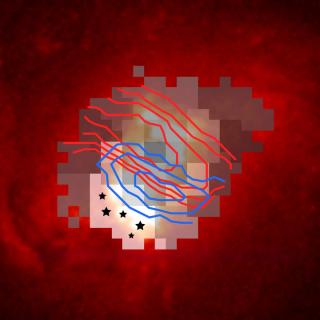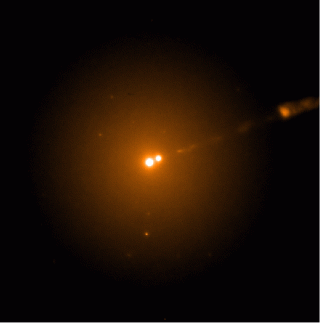
On Tuesday Jose Antonio Valbuena visited the installations of the Instituto de Astrofísica de Canarias (IAC) in La Laguna and the Teide Observatory The Councillor for the Ecological Transition, the fight against Climate Change, and Territorial Planning of the Government of the Canaries, José Antonio Valbuena had a working meeting on Tuesday with the Director and the Deputy Director of the IAC, Rafael Rebolo and Casiana Muñoz Tuñón, and the person in charge of the Environmental Commission of the IAC, Antonio Mampaso, to learn about the Institute’s sustainability plan, whose aim is to reduce
Advertised on




